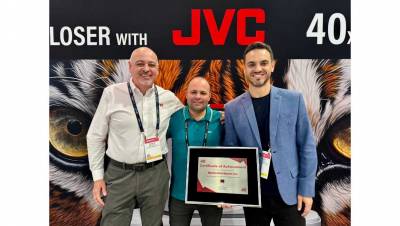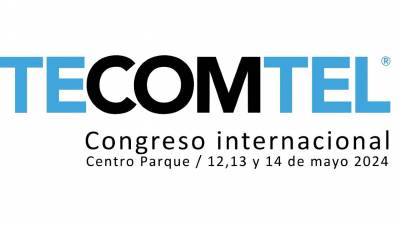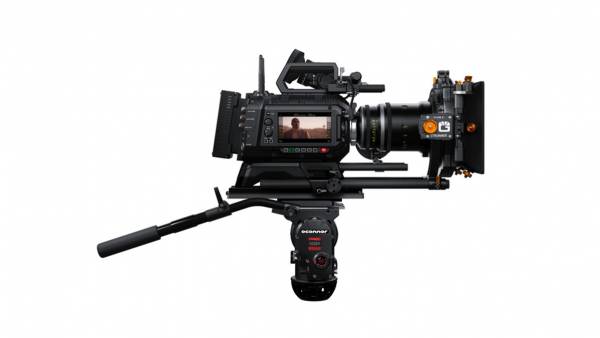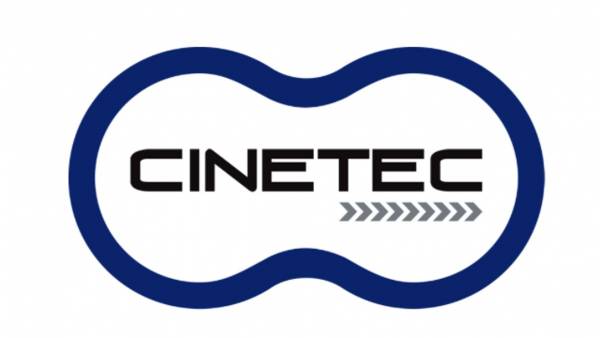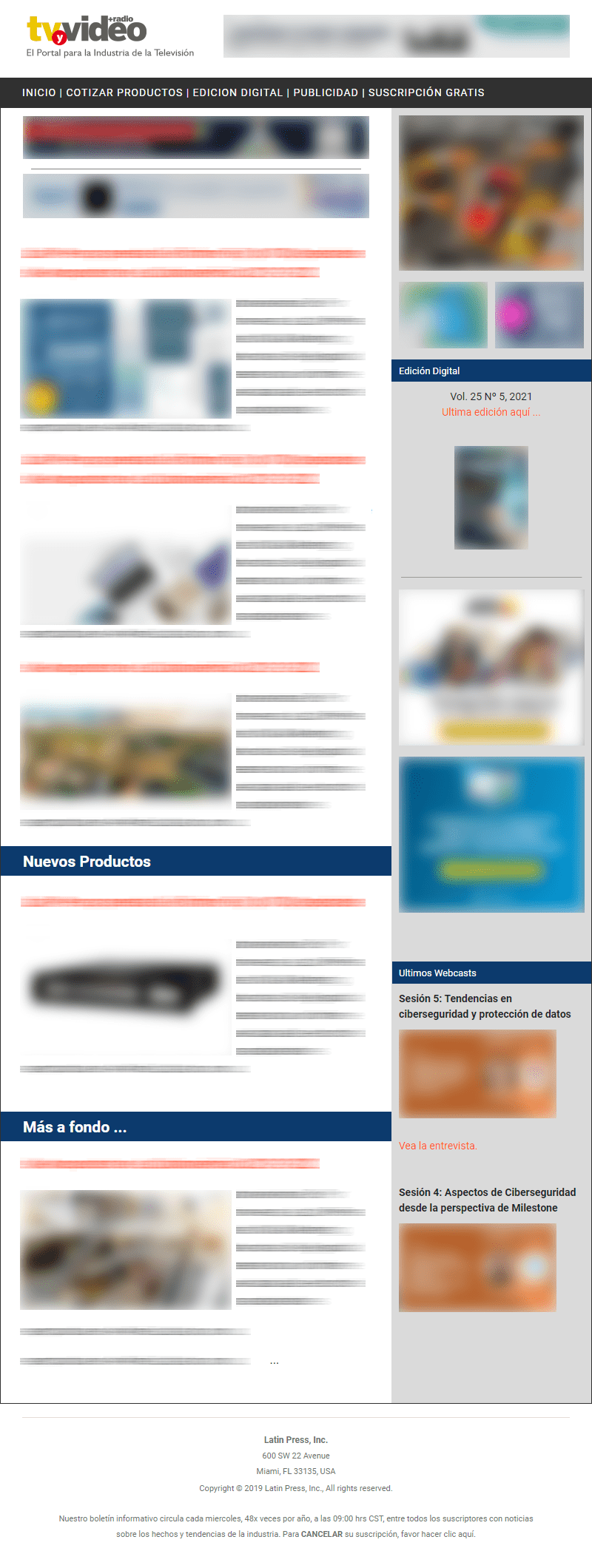- Find out what's new at LiveTec on May 14 and 15
Miami. LiveTec Show is the new technology fair for the live events and entertainment industry, which will be held in Miami on May 14 and 15 and will offer an important...
- CRC Establishes New Measures to Protect Viewers
Colombia. The CRC, through the Audiovisual Content Session, established new measures on issues of citizen participation in the generation and broadcasting of audiovisual...
- JVC awarded Merlin for 60% sales growth
Latin America. Within the framework of NAB Show 2024, JVC Professional Video, the division of JVCKENWOOD USA Corporation presented Merlin Distributor, one of the leading...
- Ignacio Alonso, new CEO of AEQ
Latin America. AEQ has appointed Ignacio Alonso Montull as the new Chief Executive Officer, succeeding Iván Olmeda, after 5 years at the helm of the Company.
- Pinnacle Named Blackmagic Dealer of the Year
Latin America. At the recent edition of NABSHOW 2024, the Pinnacle Group, exclusive distributor of the renowned Blackmagic Design brand in Brazil, won the coveted...
- Tecomtel renews ties between industry and academia
Chile. The Tecomtel International Congress, which will be held on May 13 and 14 at the Parque del Parque Araucano Center, Las Condes, Santiago de Chile, promises to be a...
- Lawo Expands NDI Support in HOME Applications
Latin America. Lawo announced a significant expansion of its NDI support within the Lawo HOME Apps family. This includes the addition of NDI Advanced capabilities, as well...
- ARRI Launches Multi-Camera System for Live Productions
Latin America. ARRI announced the ALEXA 35 Live Multicam System, making the cinematic image quality of its flagship ALEXA 35 camera available to the world of live...
- Training for the future of business at LiveTec Show
Miami. LiveTec Show is the new fair focused on technologies for live events and entertainment, which will be held on May 14 and 15 in Miami, and organized by the magazines...
- 2024 will be a good year for Viewhaus in the production sector
Mexico. Juan Carlos Medina, CEO of the Mexican company Viewhaus, has good expectations about the market and the industry in his country for this year. This was highlighted...
- Sony recognized the work of its distributors at the NAB Show
NAB. Like every year, prior to the NAB Show, Sony | Professional Solutions Latin America gathered its Latin American distributors and recognized those who had an outstanding...
- Blackmagic announced its new URSA Cine 12K and more
NAB. Prior to the start of NAB Show 2024, the company Blackmagic Design made a virtual presentation of all the novelties that will be available at the fair. Undoubtedly, one...
- Education and government mark the market of La Curacao
Colombia. The Colombian company La Curacao, one of the companies with the longest history in the broadcast industry in the country, is optimistic about the behavior of the...
- New Brands Offer Low Costs and Innovative Options
Colombia. In a constant technological evolution such as the one experienced in the broadcast industry, there are more and more offers of equipment, systems and manufacturers...
- Industry in Mexico increases production with authentic stories
Mexico. Mexico has always been a dynamic market for television and film production. In recent years it has increased thanks to different trends and developments in the...



